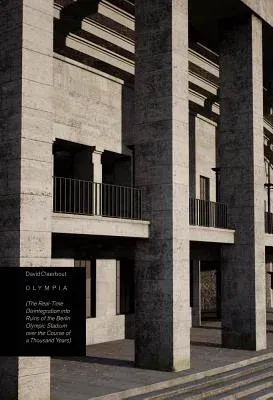This publication documents the first iteration of Belgian artist David
Claerbout's project Olympia, a digital simulation of the Olympic
Stadium in Berlin. Conceived to last one thousand years, Claerbout's
simulation uses real-time weather data to present the slow decay of the
stadium over the coming millennium. Projected onto monumental screens in
the Boiler House at the KINDL - Centre for Contemporary Art in Berlin
from late summer 2016 to spring 2017, Olympia aims to exceed the human
ability to imagine time, thus radically surpassing our own experience of
the world.
Juxtaposing human temporality with ideological and technical time,
Claerbout's point of departure is the stadium of the 1936 Olympics,
built by Nazi architect Albert Speer, which the artist has painstakingly
digitally rendered, and whose history is recounted in this catalogue.
The work makes reference to the "Thousand-Year Reich"--a concept adopted
by the Nazis--and the crude ideas of Speer, who called for architecture,
as a symbol of empire, to be designed with its future ruins in mind.
The slow disintegration of architecture does not fit within our time
horizon, yet this richly illustrated publication--complete with time
stamped screenshots and installation views of the project, as well as
reflections by Knut Ebeling, Andreas Fiedler, and the artist--reveals
what is perceptible to us in real time.
Copublished with KINDL - Centre for Contemporary Art, Berlin
**Contributors
**David Claerbout, Knut Ebeling, Andreas Fiedler

